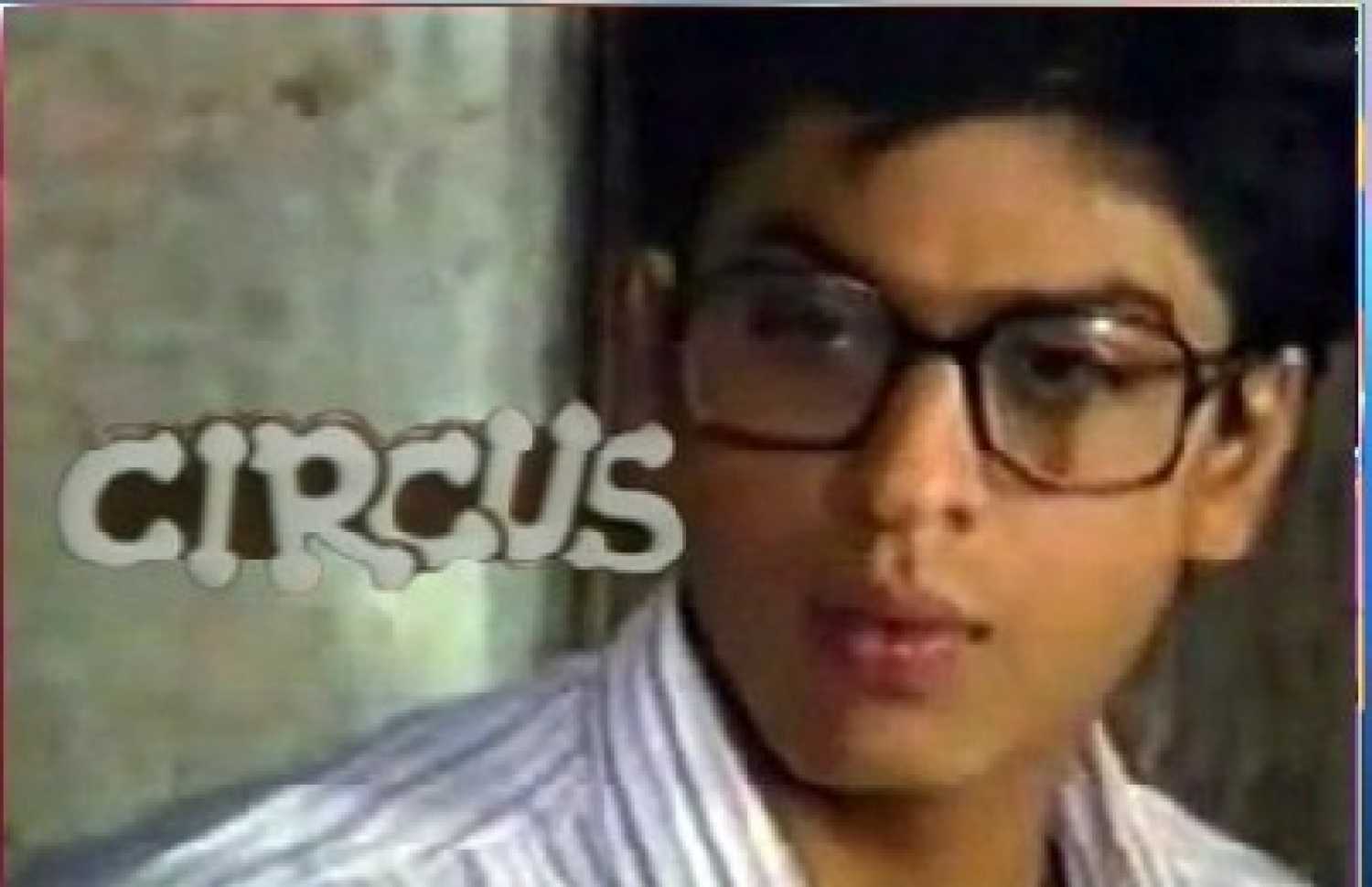Where television now proclaims rebirths of snake demons wreaking vengeance on households, and daughters-in-law hatching revenge plots, a look at the first episode of Circus is a reminder why Indian television has regressed and is in dire need of better storytellers.
As Circus returns to television, it is time for Shah Rukh fans to rewind
Mumbai - 21 Feb 2017 16:04 IST
Updated : 16:42 IST


Shriram Iyengar
There is a reason nostalgia is powerful. As the famous writer Gabriel Garcia Marquez once said, "The heart's memory eliminates the bad and magnifies the good." It is one of the reasons why the return of Circus on national television brought forth such enthusiastic responses on the social media. From nostalgic weeping to odes to Shah Rukh Khan's television debut, the internet was flooded with the 1980-1990s generation calling for a celebration. But there is more to Circus than just nostalgia. It is a reminder that television was once a medium to tell beautiful, simple stories that connected with the people.
Meet Super Star @iamsrk when he was a newcomer in #Circus - a popular TV show aired on the National Broadcaster @DDNational in 1989 at 8 pm pic.twitter.com/Mn4MlPfel8
— Doordarshan National (@DDNational) February 19, 2017
For those born in the 1990s, the names of Kundan Shah and Aziz Mirza will forever be connected to the 'golden age' of Indian television. Following up in the footsteps of serials like Buniyaad (1986), Yeh Jo Hai Zindagi (1984), the series was a wonderful insight into the human-animal relationship. The presence of names like Ramesh Sippy, Aziz Mirza, Saeed Akhtar Mirza on national television was proof that it was a medium for some fantastic storytellers.
The first episode, which aired on Sunday, 19 February (in the same weekend slot as it did before) eases the audience into the story of a circus, from the viewpoint of Shekharan (Shah Rukh Khan). Shekharan is a modern, business-minded yuppie who has been forced to take care of his father's circus. From the moment he wakes up, Shekharan finds himself struggling to understand the workings of this weird, new business that he is not too keen on. From managing bills for 125 kgs of meat for animals to buying pulleys for gymnasts, Shekharan multitasks the circus chores while trying to sneak in some breakfast. The high point of the drama arrives when Pappu the elephant falls sick, and Shekharan is forced to choose between his ambition or the people he has promised to take care of. In the end, Shekharan finds himself too engrossed in this wonderful world and learns to let go.

Shah Rukh is in wonderful form as the young, smart, ambitious man with bigger issues on his plate than his father's circus. His natural ability and charm is not surprising to those who know him now as the 'King' Khan. Playing a Malayalee, Khan does not stereotype the language (apart from the ocassional Chechi), but brings out the vulnerable, yet ambitious character of Shekharan. Yet, Shah Rukh is not the only famous face in the serial. Ashutosh Gowariker (Yes! Lagaan, Jodhaa Akbar, and Mohenjo Daro's director was an actor first), also makes a mark as the trapeze artist, Vicky. The series also had Pavan Malhotra, Renuka Shahane, Neeraj Vora, Mita Vashisht and Haidar Ali (who went on to write the story of Jodhaa Akbar) in important roles. In addition, actors like the late Sameer Khakhar as Chintamani, the animal trainer, is proof of the high quality of talent in those days.
The insight of life within a circus, a culture that has almost vanished from the Indian society today, feels like a trip through the time machine. The sight of people enjoying such entertainment, sitting in tents, kids laughing in amazement without looking at LED screens, gives you the feeling of a simpler, happier and troll-free world. It is a story that connected directly to people sitting in their small apartments looking for some entertainment after a long, tiring day.

In the age of Twitter, Circus might hold more than just nostalgic value for viewers. Television today is inundated by stars promoting their films, reality shows spewing controversies into living rooms, and blatant celebrity PR paraded as gossip. No longer is television an oasis of calm; a medium for writers and filmmakers to sharpen their storytelling skills. It has been laid to siege by brands. From Kapil Sharma to Karan Johar, the sights and sounds on television are far too loud to tell a sensitive, simple story effectively.
In times like these, Circus continues being a breath of fresh air for audiences. Nostalgia aside, the simple conversational tone of dialogues, natural acting, economic set design serve only to tell the story of the Circus. Indian television today might be a million dollar industry with a more professional standard and set up than the past, but it is poorer in terms of content, stories and storytellers. Circus is proof that there was a time in Indian television when the common man was more important than what happens on the couch.




